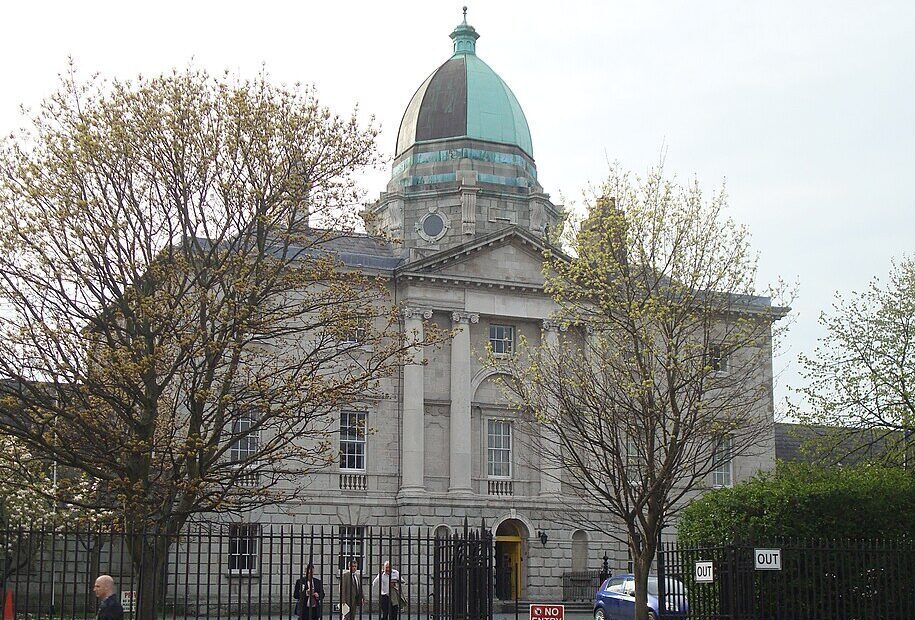First-tier Tribunal ruling in Candy v HMRC redefines SDLT overpayment relief deadlines
A recent First-tier Tribunal (FTT) decision in Christian Candy v HMRC [15 April 2025] could transform how solicitors and accountants advise clients on Stamp Duty Land Tax (SDLT) deadlines and refund claims. The ruling provides a fresh interpretation of overpayment relief rules and may open the door to reclaims previously thought time-barred—while also posing new risks for professional advisers.
At the centre of the case was luxury property developer Christian Candy, who transferred a property to his brother shortly after acquiring it himself. The sequence of transactions triggered a total SDLT liability of £1.92 million. Believing that the same transaction had been taxed twice, Mr Candy applied for a refund.
However, HMRC rejected the claim on procedural grounds. Mr Candy’s refund application came more than 12 months after the SDLT return was filed—beyond the standard window for amendments or relief under paragraph 4 of Schedule 11 of the Finance Act 2003.
In response, Mr Candy sought to rely on the broader overpayment relief provision under paragraph 34, Schedule 10 of the same Act, which offers a four-year time limit for applications. HMRC argued that this was not permissible, claiming paragraph 34 was not intended to be a fallback when other reliefs had expired.
Embed from Getty ImagesThe Tribunal disagreed. In a decision that has sent ripples through the tax and legal sectors, the FTT found in Mr Candy’s favour. The judge held that paragraph 34 could indeed be used as a “last resort” route—provided no other remedy remained open. While the ruling only applies to the First-tier Tribunal and is subject to appeal, it sets a persuasive precedent that professionals can no longer afford to ignore.
The implications are significant.
For solicitors and accountants—particularly those advising on high-value or complex property deals—the decision raises expectations around flagging not just SDLT liabilities but also all possible reliefs and the full range of applicable deadlines.
Firms are now under pressure to proactively revisit historic SDLT transactions, particularly those from within the last four years. Some clients may be eligible for refunds they believed were lost due to timing—yet won’t know it unless told.
This doesn’t only affect new transactions. Firms may now face scrutiny over advice given years ago. Where claims were previously dismissed as time-barred, clients may now argue they should have been encouraged to apply under paragraph 34.
Ironically, the ruling may also assist professional indemnity defences. Where firms are currently facing claims for failing to file timely SDLT relief applications, Candy could provide a fresh window for making those claims and avoiding losses altogether.
But with opportunity comes risk. The decision remains untested in higher courts. Advisers recommending clients pursue paragraph 34 claims could be blamed if an appeal overturns the ruling—or if claims fail and incur additional costs. Conversely, those who don’t advise clients to act could be accused of negligence if the window closes without action.
Professional judgment will be crucial. Explaining the legal uncertainty, cost implications, and risk-reward balance will be essential in helping clients decide whether to pursue late claims.
As Ben McHardy and Ash Daniells of a leading Bristol-based firm conclude, this decision puts renewed emphasis on legal professionals’ roles in tax awareness, risk disclosure, and proactive advice. Candy v HMRC might not have changed the law permanently—but it has certainly changed the landscape for now.





